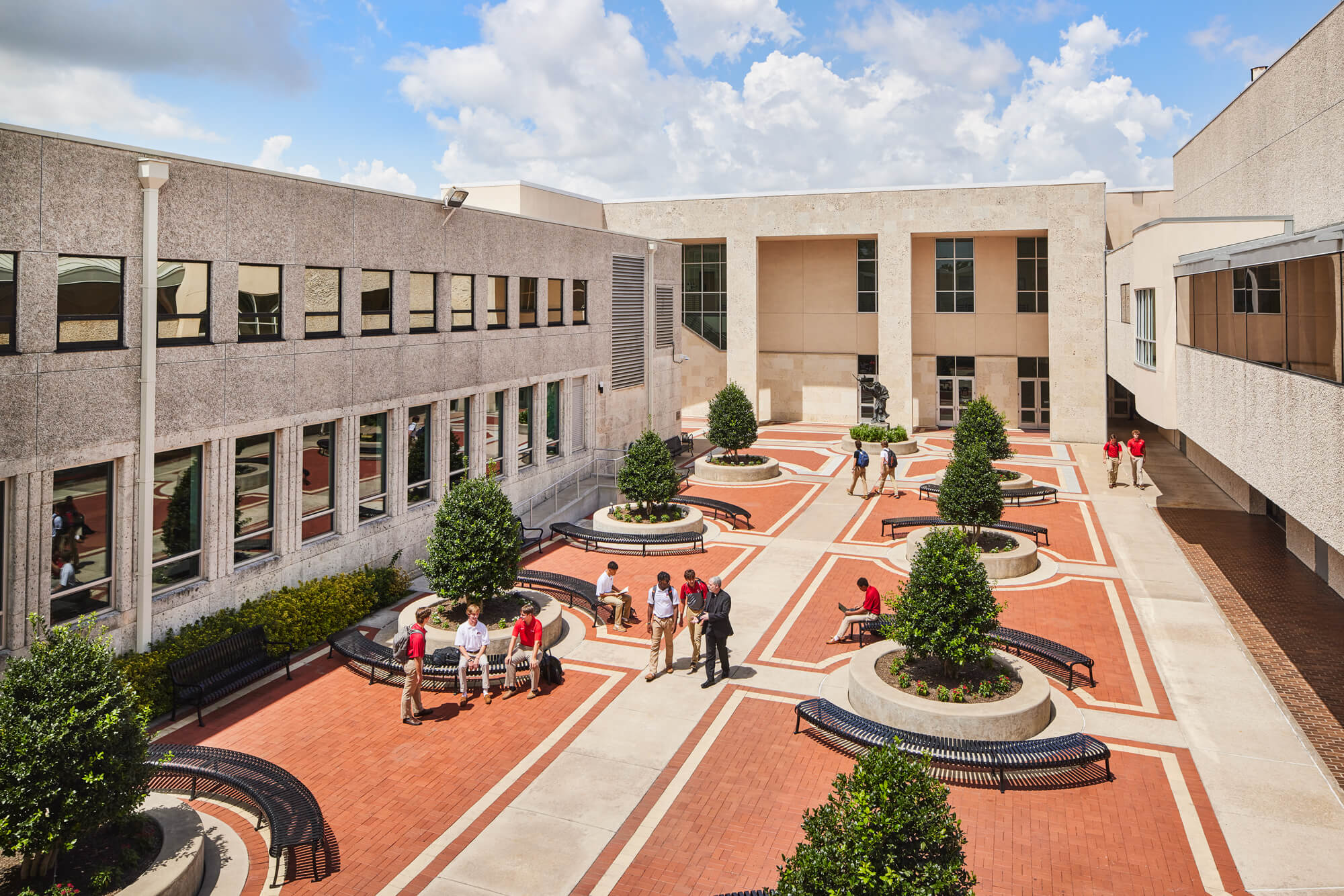In today’s rapidly evolving educational environment, school facility management teams carry the immense responsibility of ensuring a safe, functional, and responsive learning space. They juggle maintenance requests, respond to emergencies, coordinate contractors, and keep buildings operational—often with lean staff and aging infrastructure.
While many schools have invested in facilities management software for schools, the reality is that this software alone may not be enough. A growing number of maintenance bottlenecks can be traced back to one overlooked issue: lack of real-time access to building information in the field.
K12 Schools Need More Than Just Software
K12 facility management software has become a staple in school operations. These systems help track work orders, inventory, preventive maintenance schedules, and assets. But as essential as these features are, they often don’t serve the immediate needs of teams out in the field.
Field technicians need to know where shut-off valves are, how to access locked areas, or how specific systems are configured. This type of building intelligence is rarely available on mobile apps or linked to digital floor plans in a way that’s usable during urgent repairs or emergencies.
Information Bottlenecks Are Hurting School Safety
School facilities are unique environments. One minute a technician is inspecting a boiler, and the next, they’re called to handle a water leak near a classroom. When building data like as-builts, emergency shut-off locations, or maintenance manuals are tucked away in filing cabinets or outdated drives, the delay in finding that data can turn minor issues into major problems.
For instance, a leaking pipe can become a flooded hallway. An HVAC failure during summer can disrupt student learning. Every minute lost to locating information impacts not just operations but also the safety and comfort of students and staff.
Emergencies Demand Instant Access, Not File Searches
School safety has become a top concern for districts across the country. From natural disasters to active shooter events, facility teams are now considered an integral part of emergency response. But what happens when first responders ask for a floor plan or need access to life safety systems, and no one can find them?
School facility management software helps log assets and tasks, but it doesn’t typically offer mobile access to detailed building data in a format that can be used in the moment. That gap can be the difference between a contained incident and a crisis.
When Staff Leaves, Institutional Knowledge Walks Out the Door
Many school facility teams have long-tenured staff who carry decades of building knowledge in their heads. They know which doors stick, where the original blueprints are, and which HVAC unit was last retrofitted. But when these employees retire, that information is often lost.
Without a system in place to preserve and share institutional knowledge, incoming staff face an uphill battle. They’re left to dig through dusty binders, poorly organized digital files, or start from scratch—wasting time and increasing the chance of error.
Bridging the Gap with Smart Building Access
The most effective solution isn’t replacing your existing K12 facility management software—it’s enhancing it with tools that offer real-time access to building information from the field.
Imagine technicians being able to scan a QR code on a boiler and instantly see its maintenance history, manuals, or warranty info. Or being able to pull up digital floor plans on a mobile device while walking the site. These capabilities turn a reactive team into a proactive one.
With smart access to building data, schools can:
-
Complete more work orders daily
-
Quickly respond to maintenance emergencies
-
Support first responders with accurate information
-
Preserve and share institutional knowledge
-
Improve inspection readiness and compliance
Elevating Facility Management Beyond the Desktop
Traditional FM software has limitations, especially in mobile-first environments. Facilities teams don’t have the luxury to sit at desks—they’re on the move. Integrating mobile access to building documents, emergency protocols, and asset manuals transforms how schools operate.
Whether it’s the custodian locating a water shut-off valve or a contractor referencing retrofit plans, the ability to access building data in seconds—rather than hours—boosts productivity and reduces downtime.
The Role of Smart Enhancements in Future-Ready Schools
Today’s schools can no longer afford delays caused by outdated information retrieval methods. Enhancing facilities management software for schools with real-time building access tools is no longer a luxury—it’s a necessity.
These tools ensure that every team member, from seasoned engineers to new hires, has equal access to the knowledge they need to do their job safely and effectively.
How ARC Facilities Enhances Your School Facility Management Software
ARC Facilities complements existing school facility management software by digitizing and mobilizing critical building documents—everything from O&M manuals and shut-off maps to emergency evacuation routes. Instead of relying on binders or desktops, facilities teams can access what they need on the go, improving response time and minimizing disruptions.
Whether you’re managing a single school or an entire district, ARC Facilities provides a seamless layer of building intelligence—ensuring teams are informed, prepared, and efficient.
